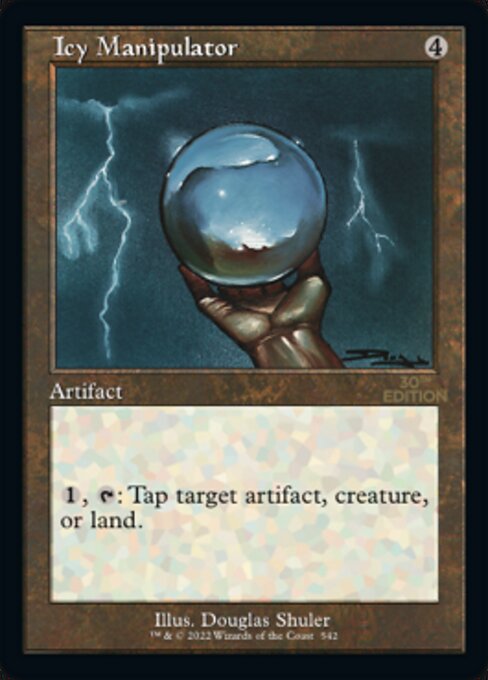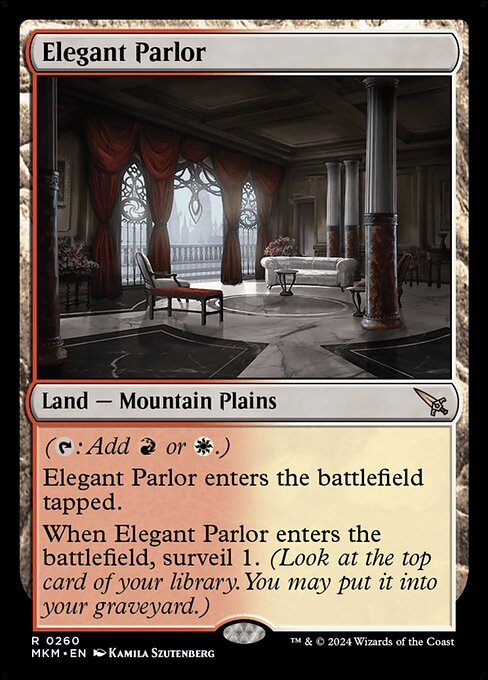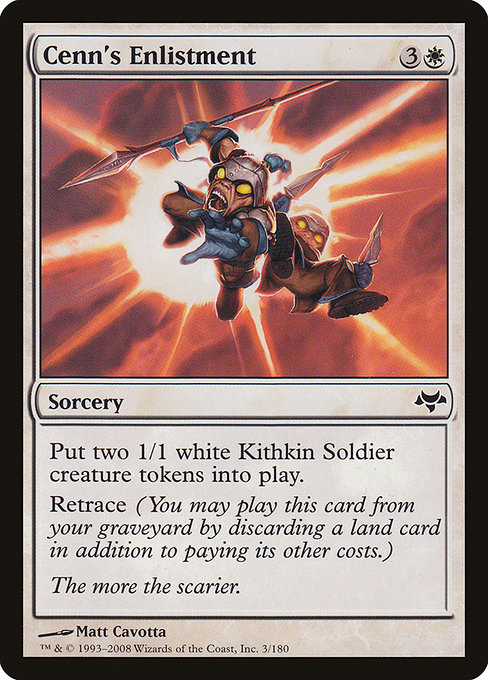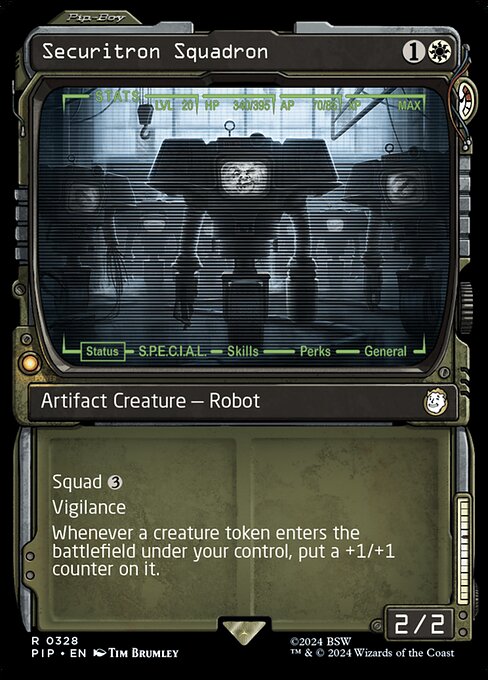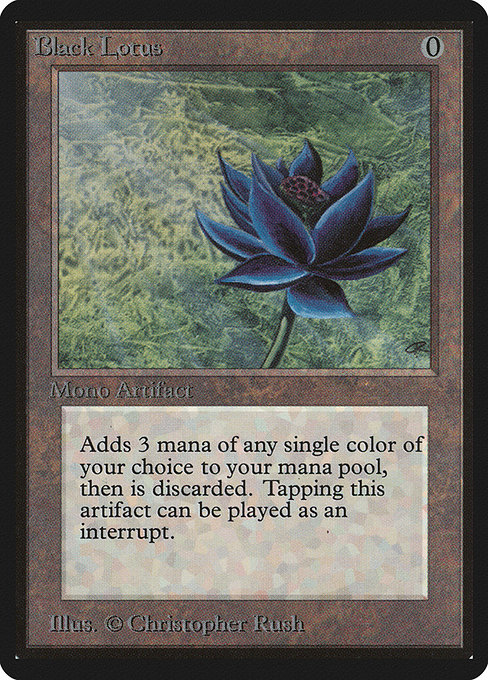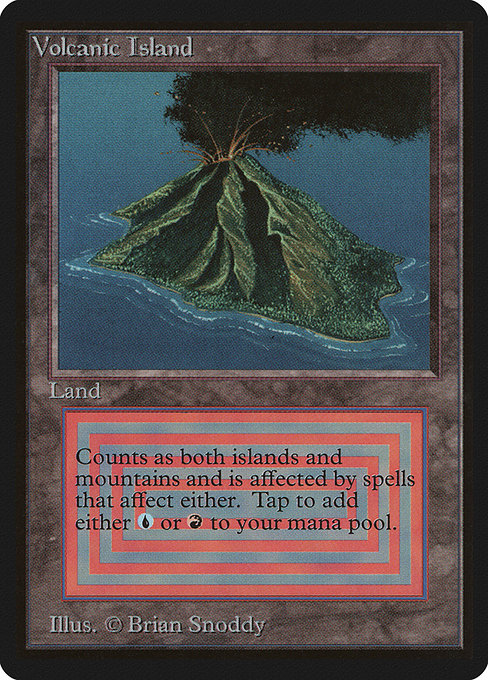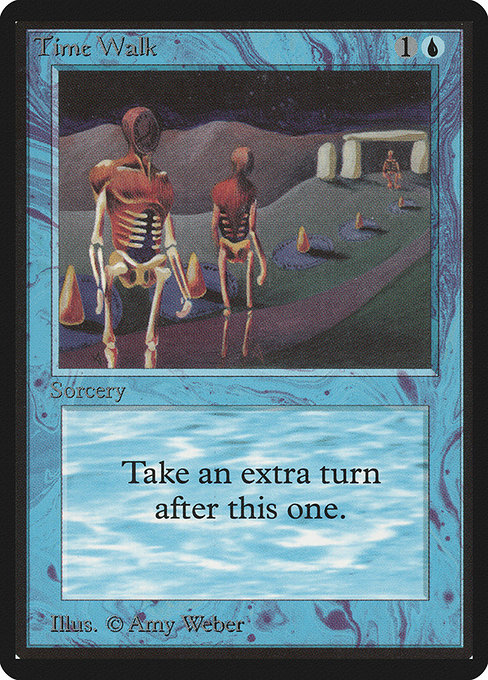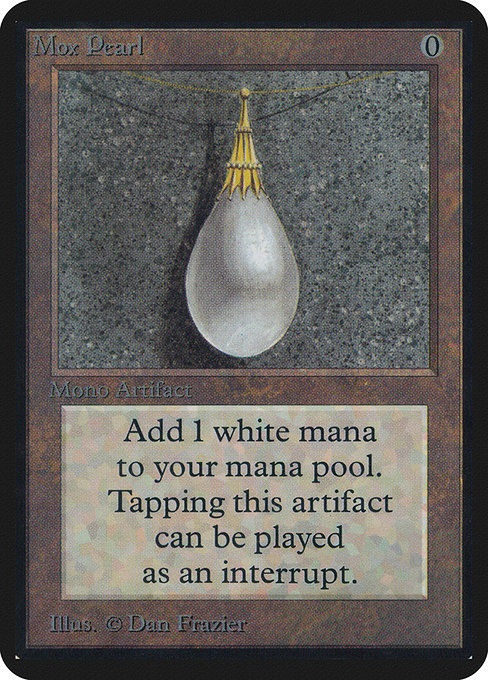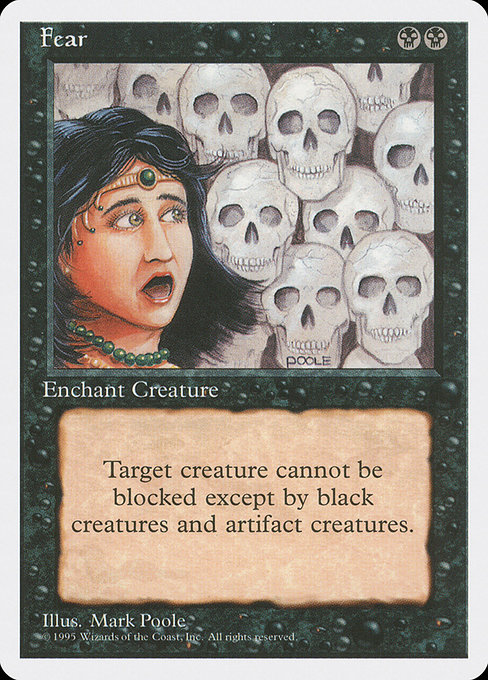
Fear

Recent Analyses
Full Analysis
Generated on 2025-06-27T11:06:52.974778Fear: A Nuanced Card with Significant Impact on Creature Interactions
TL;DR Summary
Fear is a two-mana enchantment that has a profound impact on creature interactions in Magic: The Gathering. By giving the enchanted creature fear, it cannot be blocked by any non-artifact or black creature, making it an invaluable tool for disrupting opponents' plans and limiting their options for blocking.
Detailed Card Mechanics and Interactions
Fear is a two-mana enchantment that attaches to a targeted creature, granting it fear. This effect has far-reaching implications for how creatures interact on the battlefield. To fully understand its impact, one must consider the various creature types and their interactions with fear.
For instance, a Goblin Piledriver can block an Insectile Deckhand, but not if that Insectile Deckhand is enchanted with Fear. The key to this interaction lies in the fact that the fear ability applies specifically to the enchanted creature itself, rather than its controller or other permanents. This distinction has significant implications for how fear interacts with abilities like trample, which deals combat damage to creatures blocking it.
Moreover, the fear effect affects how removal spells and effects interact with enchanted creatures. Consider a scenario where an Insectile Deckhand is enchanted with Fear and targeted by a removal spell. Assuming the spell's conditions are met, the enchantment would be destroyed first; however, if the enchantment were attached to another creature that could not be removed or had an ability preventing removal effects, the fear effect would still apply.
Strategic Uses, Combos, and Synergies
Fear's primary strategic value lies in disrupting opponents' plans by limiting their options for blocking. However, its interactions with various cards open up more complex strategies:
Protection: Fear protects enchanted creatures from being blocked, making them more formidable attackers and more difficult to defend against.
Combo Potential: Fear can be combined with cards like Grasp of Darkness or Path to Exile, allowing for targeted destruction while keeping the Fear enchantment intact.
To utilize fear effectively, players must carefully consider the board state, focusing on creating a favorable environment where enchanted creatures can thrive. A common strategy involves enlisting an early game presence and then attaching Fear to an existing creature, thus transforming it into a more formidable force.
Fear's impact is also evident in deck archetypes that incorporate enchantment-heavy strategies or creature-dominant builds. For example, a Insectile Deckhand-centric deck could include multiple instances of Fear to amplify the creatures' capabilities, leveraging their increased damage potential and protection against block attempts.
Deckbuilding Roles and Archetypes
Fear's versatility in deck design allows it to fit into various roles:
- Aggro: By enchanting aggressive creatures with fear, aggro decks can ensure that their attacks are less likely to be blocked, increasing the chances of successful trades.
- Control: In control strategies, Fear serves as a tool for disrupting opponents' plans by limiting their ability to block enchanted creatures.
Considering Fear's impact on creature interactions and deck design, its inclusion in modern Magic: The Gathering decks often focuses on maximizing its effect. This might involve incorporating additional removal spells or enchantments that complement fear's capabilities.
Format Viability and Competitive Context
In the broader context of Magic's competitive scene, Fear's utility is a subject of ongoing debate among players and theorists:
- Legacy: In Legacy formats, Fear has been included in various decks as a way to disrupt opponents' plans and limit their options for blocking.
- Modern: The Modern format has seen more mixed results with Fear, as the card's effect can be countered or neutralized by opposing removal spells or enchantments.
While some argue that Fear is underpowered due to its vulnerability to removal effects, others see it as an essential tool for controlling creature-dominant metagames. Its performance in specific formats and metas continues to evolve with each new set release.
Rules Interactions and Technical Notes
When considering fear's interactions with other cards, it's crucial to remember that the enchantment's effect applies specifically to the enchanted creature:
- Trample: The fear ability does not prevent a trampling creature from dealing combat damage, even if its toughness is reduced or it would normally be blocked.
- Toughness: If a creature with fear has its toughness reduced below zero, the fear ability remains active until the enchantment is removed.
Additionally, the card's text explicitly states that it cannot be blocked by non-artifact and/or black creatures. This means that even if a creature has multiple types (e.g., Goblin Piledriver), it can still block an enchanted Insectile Deckhand unless the specific conditions of fear are met.
Art, Flavor, and Historical Context
Fear's artwork depicts an eerie atmosphere with a subtle hint at darkness and foreboding. The card's flavor text captures the idea that this enchantment is an oppressive force that affects creatures on the battlefield, enforcing fear as a means to limit opponents' options.
In terms of historical context, Fear has been included in various Magic: The Gathering sets since its release, often with adjustments or reprints that refine its interaction with other cards. As the game continues to evolve and new mechanics are introduced, players must adapt their understanding of fear's role within the broader Magic ecosystem.
Summary of Key Points
- Fear is an enchantment aura that attaches to a targeted creature, giving it fear.
- The enchanted creature cannot be blocked by any non-artifact or black creature.
- Fear interacts with various card effects and abilities in specific ways, depending on its attachment to the enchanted creature.
- Strategic uses for Fear include disruption, combo potential, and protection of enchanted creatures.
- In deck design, Fear can fit into multiple roles, including aggro and control strategies.
- Its format viability varies across Magic's competitive scene, with Legacy and Modern showcasing different perspectives on fear's effectiveness.
Conclusion
Fear remains a nuanced and intriguing card within the context of Magic: The Gathering. Understanding its mechanics and interactions is crucial for players seeking to integrate it into their deckbuilding and strategic considerations. As new sets are released and the metagame continues to evolve, Fear will remain an essential component of certain strategies, providing opportunities for both disruption and protection on the battlefield.
With its unique effect and versatility in deck design, Fear is a card that demands careful consideration from players and theorists alike. Its performance in various formats and metas continues to be refined with each new set release, making it an exciting and challenging card to master.
